
How much does a solar panel cost per square foot?” It’s a straightforward question that, unfortunately, doesn’t have a one-size-fits-all answer.
Solar panel pricing is more complex than simply measuring your roof and multiplying by a fixed rate. The good news? I’ve done the research so you don’t have to navigate this confusing landscape alone.
Let’s cut through the marketing fluff and get straight to what you actually need to know about solar panel costs in 2025.
Table of Contents
Quick Answer: Solar Panel Cost Per Square Foot
Before diving into the details, here’s the information you came for:
| Metric | Cost Range | Average Cost | Notes |
| Cost per square foot | $4 – $10 | $7 | Varies by type and efficiency |
| Cost per watt | $2.50 – $3.75 | $3.10 | Before incentives |
| Typical 6kW system | $15,000 – $22,500 | $18,600 | Before tax credits |
| Cost after federal tax credit | $11,250 – $16,875 | $13,950 | With 30% credit applied |
But focusing solely on the cost per square foot might lead you astray. Here’s why calculating solar costs requires more nuance.
Why ‘Cost Per Square Foot’ Is not the Best Metric for Solar Panels
When shopping for solar, most installers do not actually price by square footage. Instead, they use:
- Cost per watt – The industry standard measurement
- Total system output – Measured in kilowatts (kW)
- Energy production – How much electricity the system generates
Why? Because two identical-sized panels might produce vastly different amounts of electricity depending on their efficiency. You’re buying energy production, not just panel area.
That said, understanding the square foot cost can help you make rough estimates, especially when space is limited.
Breaking Down Solar Panel Costs by Type
Different solar technologies come with different price points and space requirements:
Monocrystalline Panels
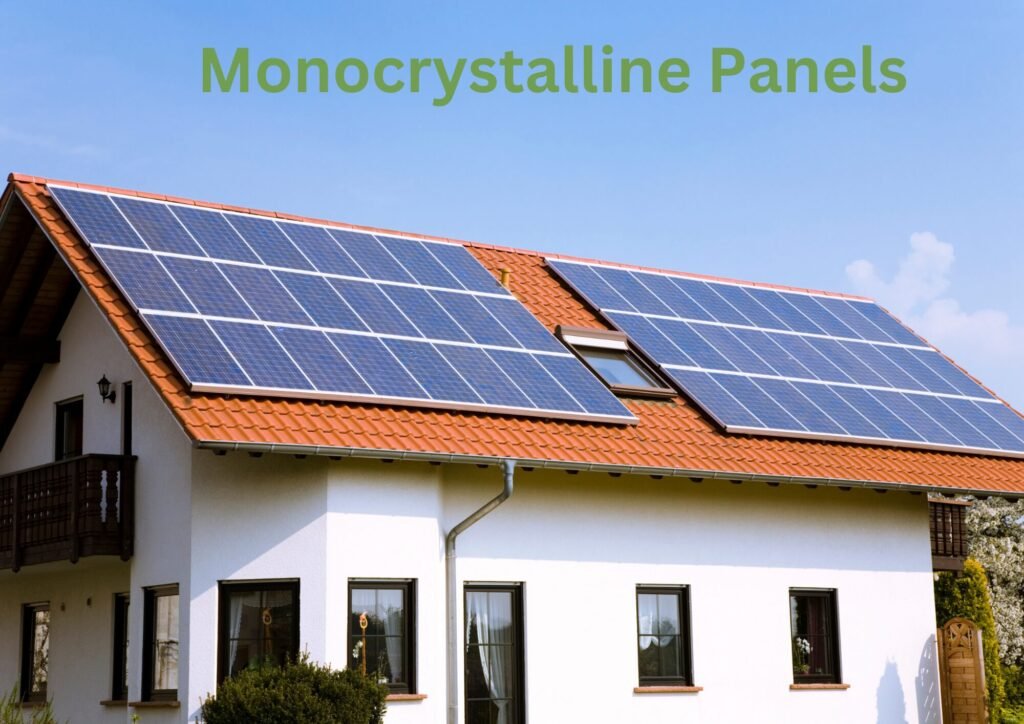
These premium panels offer the highest efficiency ratings, which translates to the highest cost per square foot.
- Cost per square foot: $6 – $10
- Efficiency: 20-22%
- Required space for a 6kW system: approximately 300 sq ft
- Lifespan: 25-40 years
Monocrystalline panels are ideal when roof space is limited or aesthetics are a priority. Their sleek black appearance and smaller footprint often justify the higher price tag.
Polycrystalline Panels
The middle-ground option offers decent efficiency at a more affordable price.
- Cost per square foot: $4 – $7
- Efficiency: 15-17%
- Space needed for 6kW system: ~360 sq ft
- Lifespan: 25-35 years
These blue-hued panels require more space but can be more cost-effective if you have ample roof area.
Thin-Film Solar
Though less common for residential use, thin-film offers the lowest cost per square foot but requires significantly more space.
- Cost per square foot: $3 – $5
- Efficiency: 10-13%
- Space needed for 6kW system: ~450+ sq ft
- Lifespan: 15-20 years
Thin-film technology makes sense for large commercial buildings or ground-mounted systems where space is not a constraint.
What Drives the Cost Beyond the Panels?
When calculating the total price of going solar, the panels themselves typically account for only about 30% of your total investment. Here’s what else factors into the equation:
Equipment Costs
- Inverters: $1,000 – $3,000 (converts DC to AC electricity)
- Mounting hardware: $500 – $1,500
- Batteries: $8,000 – $15,000 (if adding storage)
- Monitoring systems: $300 – $600
Installation Labor
Labor costs vary widely based on:
- Roof complexity and accessibility
- Local labor rates
- System size and complexity
- Permitting requirements
Labor typically adds about $0.50 to $1.50 per watt to the total system cost.
Soft Costs
These often-overlooked expenses include:
- Permitting fees: $200 – $500
- Inspection costs: $100 – $300
- Interconnection fees: $100 – $500
- Design and engineering: Built into contractor pricing
Regional Price Variations: Why Location Matters
Solar costs can vary significantly based on your location. In 2025, here’s how different regions will compare:
Highest Cost States:
- California: $3.30 – $4.30 per watt
- Massachusetts: $3.20 – $4.10 per watt
- New York: $3.25 – $4.00 per watt
Lowest Cost States:
- Texas: $2.40 – $3.20 per watt
- Florida: $2.50 – $3.30 per watt
- Arizona: $2.45 – $3.25 per watt
These differences stem from:
- Local incentive programs
- Labor costs and contractor competition
- Permitting complexity and fees
- Weather conditions and solar irradiance
- State regulations and utility policies
“I was shocked by how much prices varied when I got quotes in both Arizona and California,” shared James Rodriguez, a recent solar adopter. “The same system cost nearly 30% more in California, though the additional incentives helped offset some of that difference.”
Beyond Purchase Price: The True ROI of Solar
The upfront cost is just one factor to consider. To truly understand if solar makes financial sense, consider:
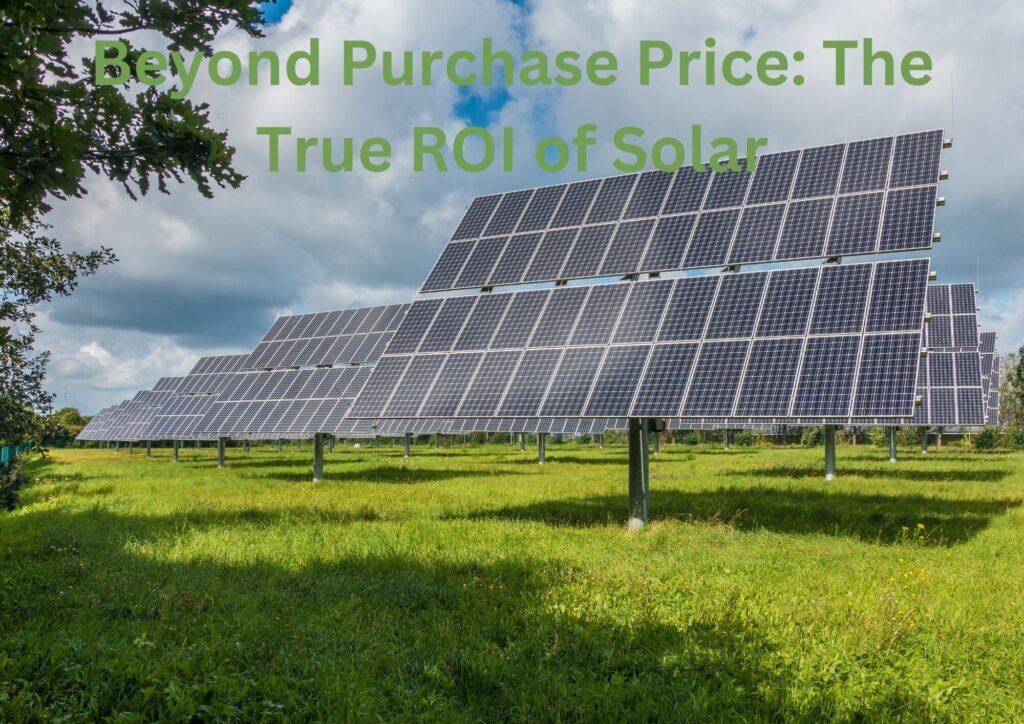
Payback Period
By 2025, most residential solar systems have payback periods of:
- Best case: 5-7 years
- Average: 8-10 years
- Worst case: 12-15 years
This varies based on:
- Your current electricity rates
- How much electricity you consume
- Available incentives
- System performance
Long-Term Savings
Over a 25-year period, the average homeowner saves:
- $20,000 to $60,000 (after accounting for initial investment)
- More in areas with high electricity costs
- More as utility rates continue to increase (historically 3-5% annually)
Home Value Increase
Solar installations typically increase home values by:
- 3-4% on average
- Up to $15,000 per installed kilowatt in high-value markets
- More in states with strong renewable energy goals
“Our solar system added $25,000 to our home’s appraisal,” noted Sarah Jameson from Colorado. “Even though we spent $18,000 after incentives, we immediately gained equity beyond our investment.”
Making the Most of Incentives in 2025
Smart solar shoppers maximize available incentives:
Federal Tax Credit
- 30% of total system cost through 2032
- No maximum limit
- Applies to batteries and installation costs
- Must have tax liability to benefit fully
State Incentives
- Rebates: Direct cash back ($500 – $5,000 depending on state)
- Tax credits: Extra state incentives ranging from 0–25% of the system cost.
- Property tax exemptions: In 36 states
- Sales tax exemptions: In 25 states
Utility Programs
- Performance-based incentives
- Rebate programs
- Special time-of-use rates for solar customers
Beyond Residential: Commercial Solar Costs
Commercial installations benefit from economies of scale:
- Small commercial systems (25–100kW): $2.20 to $3.00 per watt.
- Medium commercial (100-500kW): $1.85 – $2.50 per watt
- Large commercial (500kW+): $1.50 – $2.20 per watt
These larger systems equate to roughly:
- Small commercial: $3.50 – $6.00 per square foot
- Medium commercial systems: $3.00 to $5.00 per square foot.
- Large commercial: $2.50 – $4.50 per square foot
DIY vs. Professional Installation
Some homeowners consider DIY solar to save on costs:
DIY Installation
- Equipment cost: $1.50 – $2.50 per watt
- Potential savings: 30-50% on total project
- Risks: Warranty issues, permit complications, safety concerns
- Square foot cost: $3 – $5
Professional Installation
- Turn-key cost: $2.50 – $3.75 per watt
- Benefits: Warranty protection, permitting handled, structural expertise
- Square foot cost: $4 – $10
“I tried the DIY route initially,” admits Robert Chen, a homeowner in Nevada. “But after struggling with permits and realizing I couldn’t get manufacturer warranties without certified installation, I ended up hiring professionals. The peace of mind was worth the extra cost.”
Future-Proofing Your Solar Investment
Solar technology continues to evolve. Keep these factors in mind when planning your system:
Panel Efficiency Trends
- 2015 average efficiency: 15-17%
- 2020 average efficiency: 18-20%
- 2025 average efficiency: 20-22%
- Projected 2030 efficiency: 23-25%
Higher efficiency means more power from the same square footage.
Battery Integration
Adding storage increases upfront costs but provides:
- Energy independence
- Blackout protection
- Better economics in areas with poor net metering
- Future-ready system for smart home integration
Smart Inverters and Monitoring
Modern systems include:
- Production monitoring
- Consumption tracking
- Panel-level optimization
- Grid services capabilities
These features maximize your return on investment and system lifespan.
Financing Options: Beyond Cash Purchase
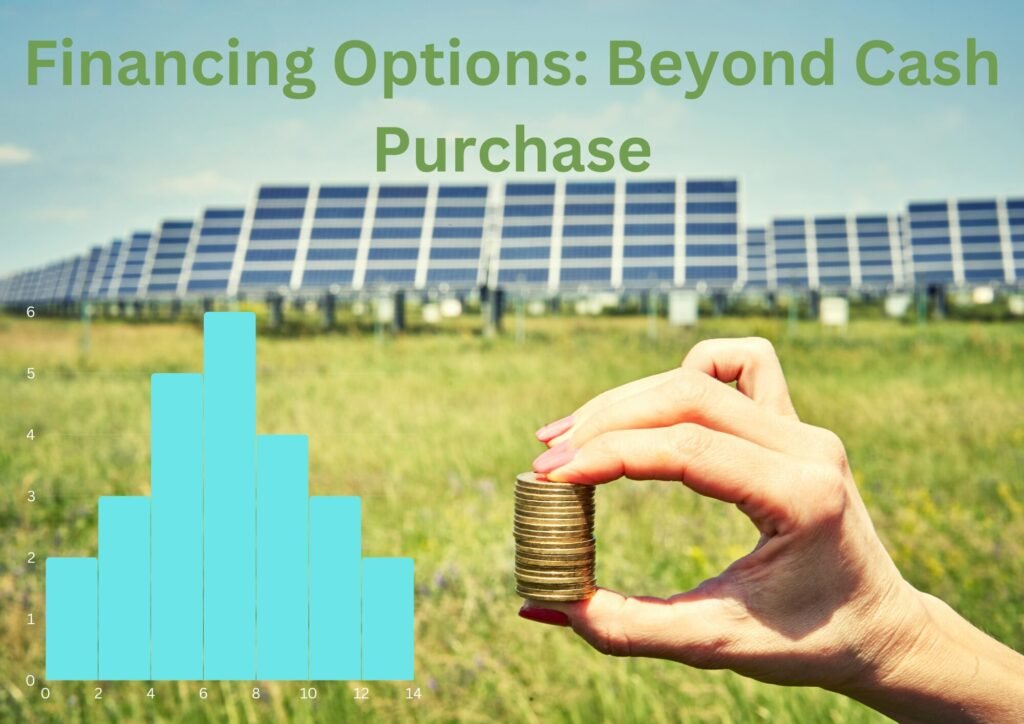
Different financing approaches affect your overall cost:
Cash Purchase
- Lowest lifetime cost
- Highest upfront investment
- All incentives stay with homeowner
- $4 – $10 per square foot upfront
Solar Loans
- Little or no money down
- Monthly payments often less than current electric bill
- Homeowner keeps incentives
- $0 upfront, $0.10 – $0.15 per square foot monthly
Solar Lease/PPA
- Zero upfront cost
- No maintenance responsibility
- Lower savings overall
- Company keeps incentives
- $0 upfront, $0.08 – $0.13 per square foot monthly
“We chose a solar loan because our monthly payment is $50 less than our old electric bill,” explains Michelle Torres from Florida. “It’s like getting free electricity from day one, and we’ll own the system outright in 12 years.”
FAQs: How Much Does a Solar Panel Cost Per Square Foot?
What amount of space is required for solar panels?
For a typical American home using 10,000 kWh annually, you’ll need:
- 350-450 square feet with high-efficiency panels
- 400-550 square feet with standard efficiency panels
- This typically translates to 20-30 panels total
Is solar a good option if I have a small roof?
Absolutely! Small roofs benefit most from high-efficiency panels. Though they cost more per square foot, they maximize production from limited space. Many homeowners with small roofs see excellent returns by focusing on the highest efficiency options.
How much do solar panels weigh per square foot?
Modern solar panels weigh approximately 2-4 pounds per square foot. A typical residential installation adds about 3-6 pounds per square foot to your roof load, well within most structural design limits.
Will solar panel costs continue to decrease?
While dramatic price drops have slowed, experts project modest decreases of 15-25% over the next decade. However, changes to incentive programs may offset these hardware cost reductions, making today’s pricing quite competitive.
How long will my solar panels last?
Most panels come with 25-year performance warranties but typically last 30-40 years with gradual efficiency loss. After 25 years, panels usually still produce at 80-85% of their original capacity.
Can I install just a few panels to start and add more later?
Yes, but it is not always cost-effective. Each installation has fixed costs for permitting, design, and labor that make smaller systems more expensive per watt. When possible, it’s usually more economical to install your target system size all at once.
The Bottom Line: Is Solar Worth It in 2025?
When evaluating solar purely on cost per square foot ($4-$10), you’re missing the bigger picture. The true value lies in:
- Electricity production per square foot
- Long-term savings on utility bills
- Protection against rising energy costs
- Environmental benefits
- Home value appreciation
For most homeowners, solar represents a solid investment with returns that outpace many traditional financial vehicles. The key is working with reputable installers and getting multiple quotes to ensure you’re receiving fair pricing for your specific situation.
Whether you have a sprawling roof with unlimited space or a compact urban dwelling, today’s diverse solar options ensure there’s likely a configuration that makes financial sense for your home.
The most important step? Get personalized quotes that account for your specific roof, energy usage, and local incentives before making any decisions based solely on average costs per square foot.
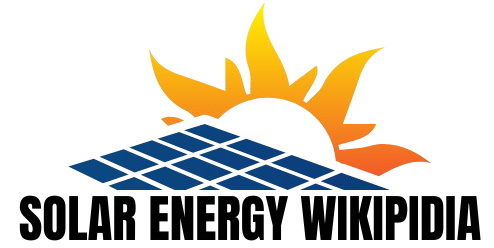





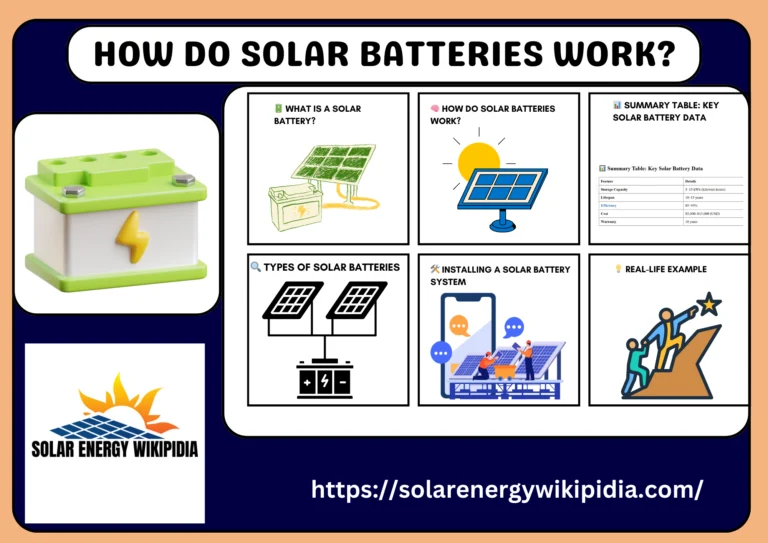
1 thought on “How Much Does a Solar Panel Cost Per Square Foot?2025 Pricing Guide & Savings Calculator”